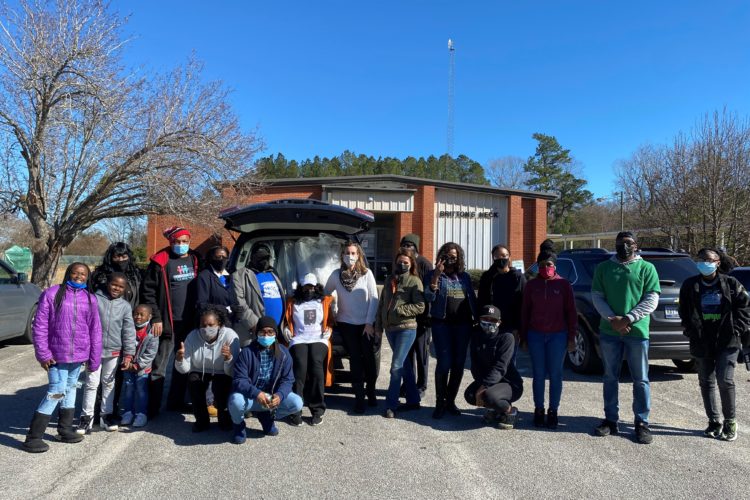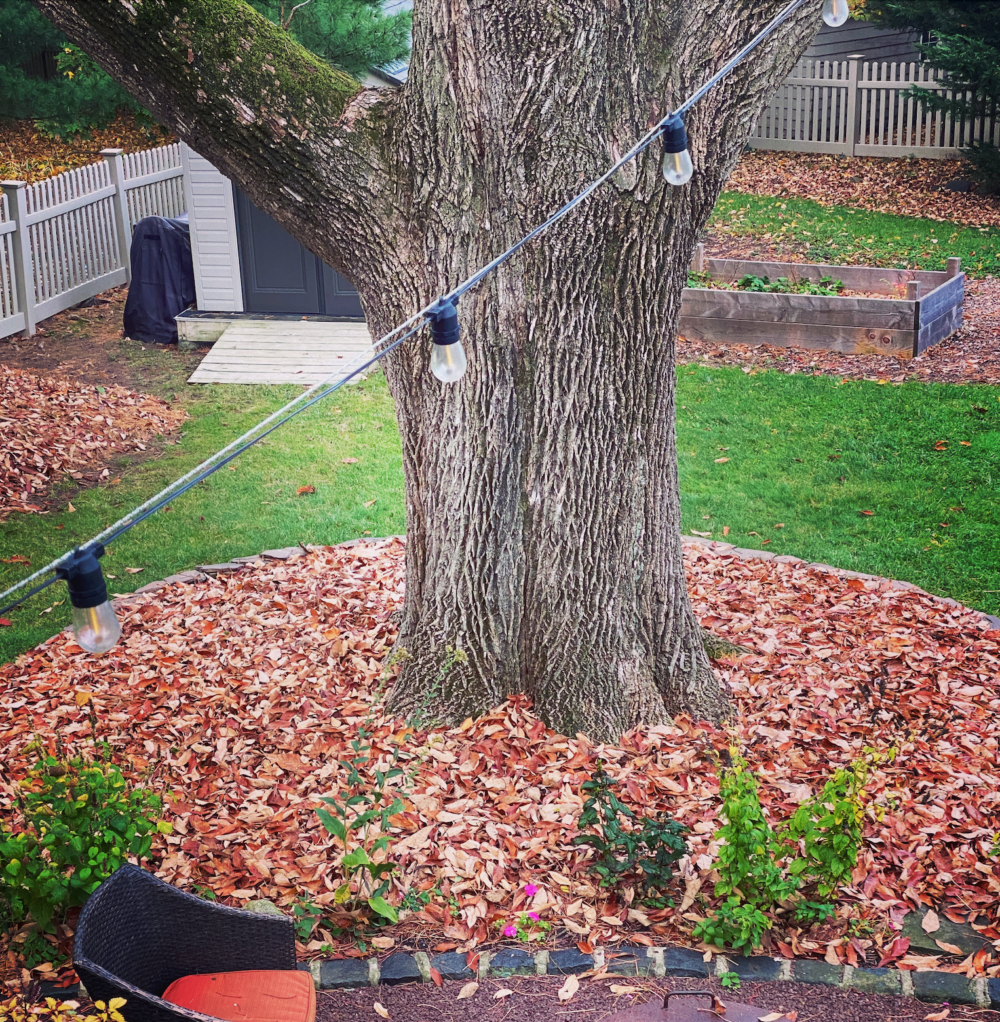We have much more to do and your continued support is needed now more than ever.
Collaborative Partners Support Climate-Resilient Communities in South Carolina

When communities are faced with a climate disaster, what happens next? Local leadership in rural South Carolina has shown that economic and environmental resilience strategies in the face of climate disasters are most effective when led by passionate local leaders, organizations, and volunteers.
Residents and leaders in Marion and Marlboro Counties in South Carolina, have been utilizing the power of community-driven efforts to invest in climate mitigation and adaptation strategies across Marion and Marlboro Counties. In 2015, historic floods across South Carolina cost the state at least $1.492 billion. Unfortunately, the state has battled additional hurricanes since 2015.
Climate Resiliency in South Carolina
In Britton’s Neck, a historically Black community in Marion County, Hurricane Matthew in 2016 and Hurricane Florence in 2018 caused excessive flooding and took an enormous ecological, social, and economic toll on residents and businesses. Sara Green, executive director of the South Carolina Wildlife Federation, recounted, “One time, in Britton’s Neck, we saw a church that all you could see was the steeple because the rest of the building was underwater.” These extreme weather events, fueled by climate change, have forced many people to evacuate and leave their homes. A local school in this community has even been shut down due to repeated flooding.
New Alpha Community Development Corporation is a nonprofit organization in Florence, South Carolina, that has a mission to help communities of low- and middle-income families with environmental health and community economic development issues to empower people in their communities.

Rev. Leo Woodberry, Executive Director of the New Alpha Community Development Corporation, and Pastor at Kingdom Living Temple brought together faith and environmental leaders to develop a plan to help support long-term flood resilience and allow residents to maintain deep relationships with the land and their communities.
A wide range of partners came together to support the planting of native trees across Britton’s Neck’s low-lying wetlands. Partners include the New Alpha Community Development Corporation, Kingdom Living Temple, The Whitney M. Slater Foundation, SC State University, the SC Wildlife Federation, the National Wildlife Federation, and the Dogwood Alliance. Dr. Florence Anoruo, Professor of Biology and Environmental Science at South Carolina, helped New Alpha identify native trees for this project, focusing on native species that support flood control, have high economic importance, and can expand agritourism.
In early 2022, dozens of volunteers came together to plant 1,000 native trees in just two short months. Five hundred Dogwoods and Eastern Redbuds were planted in the areas most affected by flooding, and residents also received trees to plant in their own yards.
Speaking on this partnership with the National Wildlife Federation and the South Carolina Wildlife Federation, Reverend Woodbury said,
“The continued support and dedication from our partners is powerful because, unfortunately, lower wealth and predominantly Black towns in the U.S., like ours, are used to leaders coming down every election season and making promises we never see. The impact of seeing a project come to fruition is so powerful for the residents. These tree planting events and new gardens are a great way to activate our community to believe again.”
These leaders recognized that the best way to address hazardous flooding in rural South Carolina communities was through nature-based solutions. Nature-based solutions, such as planting trees are some of the most cost-effective and beneficial ways to reduce the impact of future floods and protect communities from massive economic losses. Natural infrastructure in the form of trees, or green space, is critical for the storage and drainage of water during major storm events.
Funding Investments in Natural Infrastructure
“Natural infrastructure” refers to the natural systems and features that provide essential services to people and wildlife, such as flood protection, water purification, and carbon storage. Natural infrastructure can include forests, flood plains, beaches, and grasslands, but can also incorporate engineered features that use natural materials and are designed to emulate the functioning of the natural ecosystem.
In 2021, the National Wildlife Federation released another edition of the “Unnatural Disasters” report and story map. This resource documents nearly 200 climate-fueled disasters and underscores the need for swift action to address the climate crisis and de-carbonize the U.S. economy by 2050. This resource can be an integral tool in outreach, training, and educational efforts as it walks through various disasters, their relation to climate change, and the impacts they have on human and wildlife communities.
In August 2022, the Inflation Reduction Act was signed into law, allocating $1.5 billion to fund equitable tree cover projects through the U.S. Forest Service’s Urban and Community Forestry Program. Grants will be available to states, cities, tribes, and non-profits for tree planting and related activities — with a special focus on underserved communities, or communities dealing with compounding environmental stressors like those experienced in South Carolina. This program provides technical, financial, and educational assistance to communities.
With funding of this level and through collaborative leadership, we can use nature-based solutions to expand tree canopy and ensure improved resilience in every community. If you are interested in learning more about opportunities to expand your tree canopy check out the U.S. Forest Service’s Urban and Community Forestry Program for resources to support your work.





















